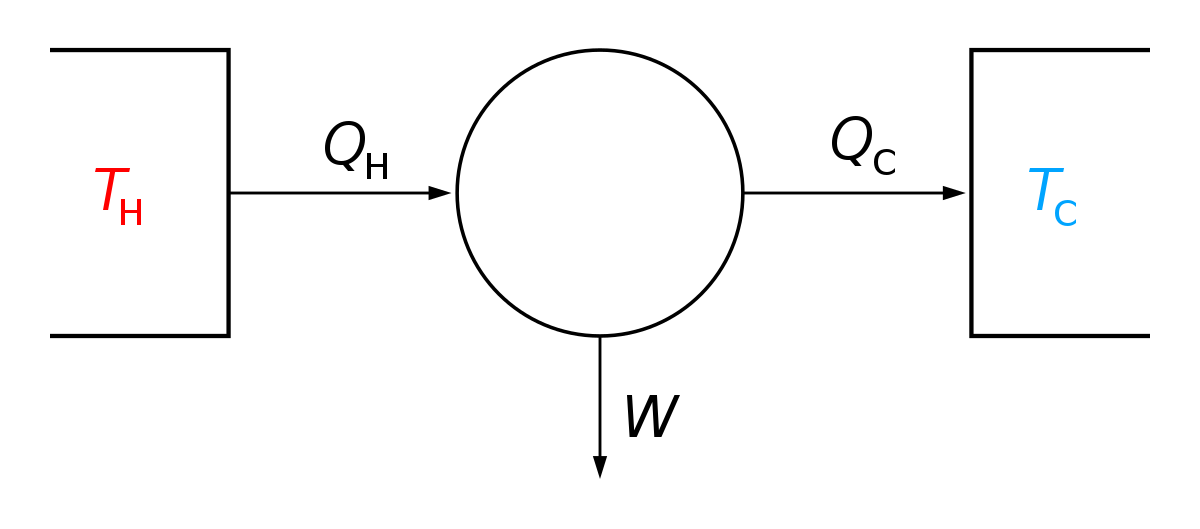". His repeated demands, in the present thread, for the original source of the Carnot Cycle efficiency formula betray a wish to cast doubt on that as well.
While perpetual motion "free energy" devices of the 1st kind are two a penny on science forums, this is only the second time* I've come across a believer in perpetual motion of the 2nd kind. So that makes Tom an interesting character.
* The other time was a Japanese (I think) who thought an IR photovoltaic cell could be used to cool a fridge and run a light bulb as it did so.
Your portrayal of me as "demanding" anything is not accurate. It's a simple request for information I was never able to locate myself after a rather diligent search.
I'm also not a "believer" in any one view over the other when it came to the views of Kelvin vs Tesla on the subject of heat engines.
My stance was, and still is, completely agnostic. To start out with, I knew nothing of Carnot, Tesla or the second law or the Carnot efficiency limit I'm only a simple engine mechanic by trade. In general I know how engines work more by hands in experience, not theory
To me the debate was a debate between scientists to which I was completely indifferent.
I was simply interested in how Stirling engines work, as I was interested in building one as a matter of survival, living on some land off-grid.
So my approach was objective.
I thought both Carnot/Kelvin made a good argument, but Tesla had some good points also, and in my opinion, looking at all the evidence, the debate seemed as yet unresolved in any conclusive way.
I could find no reference to any actual experiments that settled the question one way or the other, aside from Joule, which did not address the issue of any "limit" on efficiency.
So, giving it some thought, I conceived of the experiments which I conducted to help settle the question in my own mind which might then help to guide my efforts at constructing a Stirling engine.
So far, objectively speaking, the results of my experiments appear to be in favor of Tesla's viewpoint, that there is no limit on the conversion of heat into work.
If, incidentally, that suggests some sort of "free energy" from ambient heat might be possible as Tesla believed is really neither here nor there.
My objective was simply to understand how a Stirling engine actually operates. I did not bring any preconceived notions to the table and I did not care one way or the other what might turn out to be the truth.
So I never set out with any intent to "cast doubt" on Carnot's assumptions, as I've said over and over, my experiments were originally intended to demonstrate how a Stirling engine would not operate if it were rendered unable to "reject" the excess "waste heat".
Well, I tried blocking this "rejection" in every possible way imaginable, with no effect.
From there I set about actually trying to measure the "waste heat" flow out of the engine, and could not detect any.
There was no intention on my part to produce any particular experimental results, one way or the other.
So your constant attempts at characterizing me as a "free energy crank" are not accurate.
I'm simply taking an objective stance. If there is an actual limit to the conversion rate as Carnot postulated, great, then I could work with that.
If on the other hand, Tesla was correct, then I could work with that
My only interest has been in obtaining accurate and reliable information that I could have in mind as a guide for designing my own engine.
As I mentioned before, assuming you need to make a provision for discarding "waste heat" if actually unnecessary is just throwing away "fuel". The heat that is actually necessary to operate the engine, so if you design the engine to discard 80% of the input heat as "waste heat" you are going to limit the engine to 20% efficiency by design

